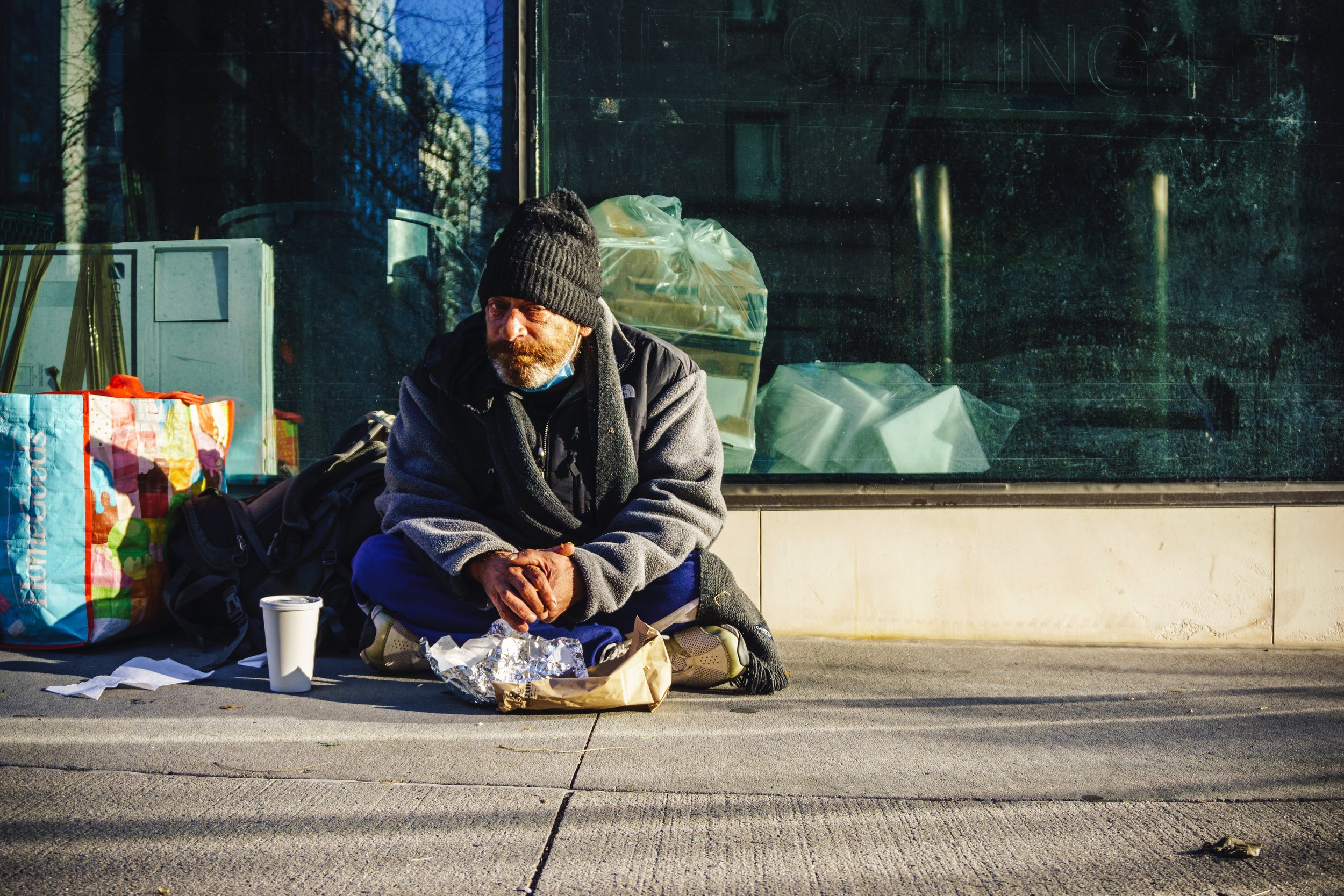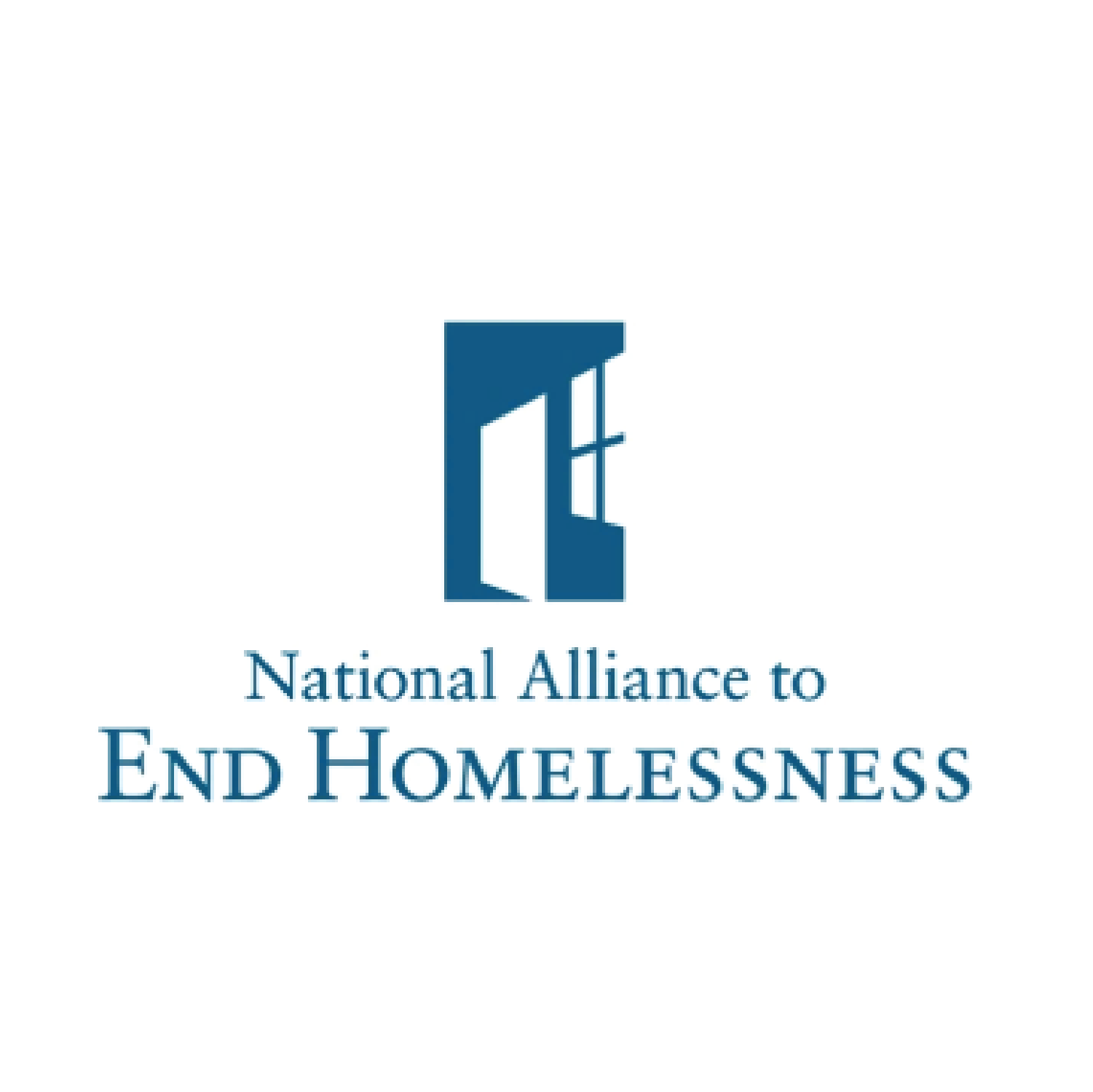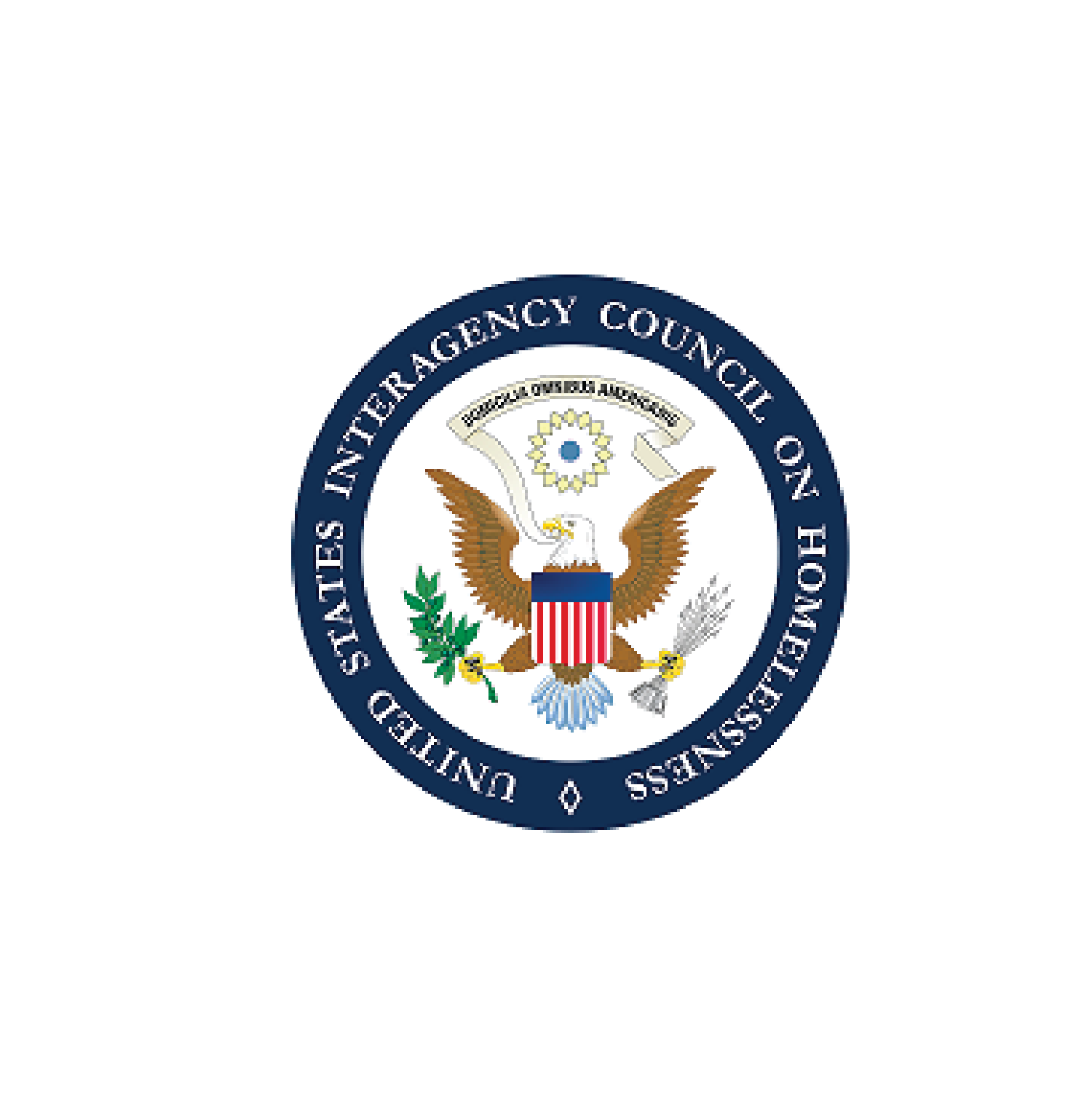
About Homelessness
There were 580,466 people experiencing homelessness
in the U.S. in 2020.
According to the National Alliance to End Homelessness 406,326 were individuals and 174,139 were individuals in families with children.
Mythbusting Homelessness
Let’s break down some of the most common beliefs (or myths) about homelessness to help provide better understanding of our unhoused neighbors.
-
TRUE
According to EndHomlessness.org, most minority groups in the United States experience homelessness at higher rates than Whites, and therefore make up a disproportionate share of the homeless population. African Americans make up 13 percent of the general population, but more than 40 percent of the homeless population. Similarly, American Indians/Alaska Natives, Native Hawaiians and Pacific Islanders, and people who identify as two or more races make up a disproportionate share of the homeless population. Hispanics make up a share of the homeless population approximately equal to their share of the general population, while Whites and Asians are significantly underrepresented.
According to the California Budget and Policy Center, these racial disparities are linked to current and past racist policies that have created educational, housing, economic, and health barriers for people of color. Californians of color also face higher risk of housing instability and are more likely to pay unaffordable portions of their income towards rent.
-
False.
Exiting homelessness is one of the hardest things to do, with multiple barriers - or obstacles- to overcome first.
Overcoming a barrier might be getting a government-issued ID or a clean set of clothes for a job interview. It could be attaining sobriety or getting a degree. Each barrier- however big or small- must be overcome before someone can fully exit homelessness. Every individual’s path out of homelessness is unique.
-
False.
Some people experiencing homelessness suffer from substance misuse, but some don’t.
Furthermore, the literature suggests that drug addiction is “both a cause and result of homelessness” as many people choose to self-medicate to cope with the trauma of being on the streets.
-
False.
The demand for shelter beds far exceeds capacity. According to Calmatters, the Bay Area has lost over 1,700 shelter beds since 2011. On any given night in San Francisco, the wait list for a shelter bed can be over 1,000 names long.
And beyond that, many shelters do not allow pets or partners. These factors contribute to many unhoused neighbors sleeping on the streets or encampments.
-
False.
In fact, the top reasons for homelessness are economic issues. These can range from a lost job, lack of affordable housing, or a rent increase.
-
False.
This is a long-perpetuated myth. In fact, most people experiencing homelessness in California are from California.
In the County of San Francisco, 70% of San Franciscans experiencing homelessness are from San Francisco.
In Alameda County, 78% of the population experiencing homelessness lived in Alameda County prior, and of the people experiencing homelessness in Santa Clara County, 84% reported living in the county prior to their homelessness.
-
False
One person can make a difference. Click here to discover several ways you can get involved in being part of the solution.
Resources to learn more about homelessness
Here are some resources below where you can learn more about homelessness and how you can help!
National Alliance to End Homelessness
The National Alliance to End Homelessness is a nonpartisan organization committed to
preventing and ending homelessness in the United States.
United States Interagency Council on Homelessness
USICH is the only Federal Agency with a sole mission focused on preventing and ending homelessness in America.
CalMatters
CalMatters is an award-winning, nonpartisan, nonprofit journalism venture committed to explaining how California’s state Capitol works and why it matters.




